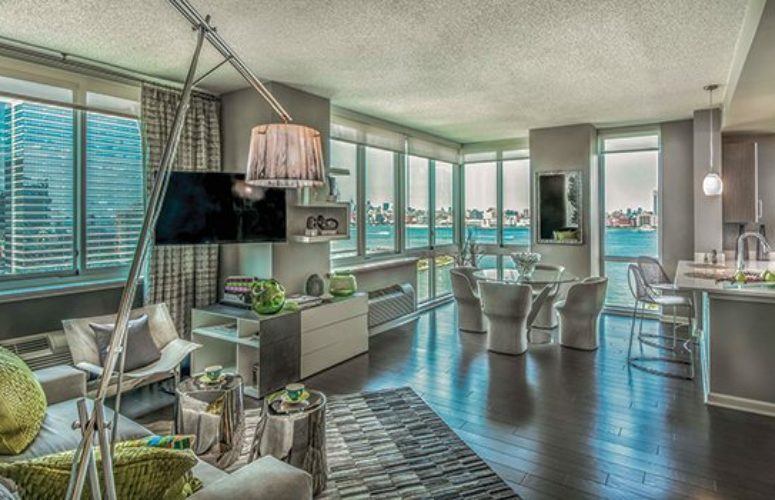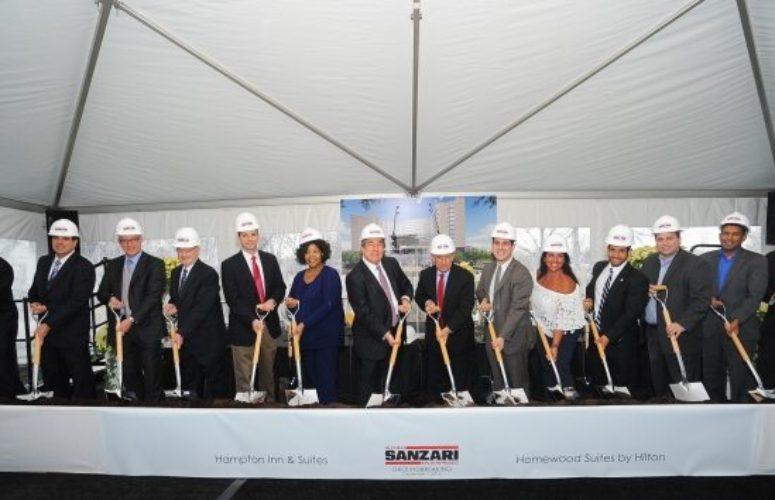
Housing Preferences
The Money Issue
By Jennifer Lesser, Contributing Writer On Dec 30, 2016There are two segments of the population that continue to have a significant impact on the Garden State’s housing market: Millennials and Baby Boomers. That’s why New Jersey’s real estate developers and housing organizations are striving to meet the demands of these populations, from high-tech living spaces for 20-somethings to fully coordinated, customized medical care for Baby Boomers and their aging parents.
With today’s trend of young people delaying marriage and parenthood longer than ever – and the desire amongst many Millennials to start their own businesses in lieu of seeking traditional employment opportunities – capturing the Millennial population is a continued driver of the local real estate industry. To top it all off, working Millennials are earning more money than ever, and many are still students with parents who are willing to help cover the cost of rent.
That’s why real estate development firms like Mack-Cali Realty Corporation are actively building apartments in bustling urban areas such as Jersey City, and they’re purposely focusing on the amenities that seem to attract Millennials. According to Brenda Cioce, president of management services for Roseland, a Mack-Cali Company, the Millennial population tends to gravitate towards spaces that offer communal settings where they can work from home without actually being stuck inside their apartment. There’s also a trend towards smaller apartments; Roseland is scaling back on square footage in their units and instead focusing on developing more spacious multi-purpose areas for everything from gaming to meetings to social events. For example, one of Mack-Cali’s newest buildings, M2 in Jersey City, boasts a high percentage of studio apartments and an increased amount of recreational space.
“In the past, we focused on offering amenities such as a dedicated community room, business room for meetings, large fitness centers … but now everything is much more open,” Cioce says. “Apartments are smaller because Millennials want to spend the majority of their time in a communal area where they can focus on their work, but also still be part of what’s going on.” That also means incorporating recreational activities for the social Millennial population, like assigning program directors within Mack-Cali’s newest buildings to organize wine tastings or running clubs as well as ensuring that construction is either wired or retrofitted to satisfy the technologically-savvy Millennial population, like thermostats that can be controlled via smartphones and the ever-important Wi-Fi enabled living and work spaces.
Attracting Millennials with amenities like the pool tables or year-round rooftop decks found in some of Mack-Cali’s newest apartment buildings is just one piece of the puzzle; developers are also finding a huge trend in Millennials contributing to the statewide boom in transit-oriented communities. “Most Millennials like to live in the middle of it all, where they can take a train or bus to work and then come home and walk to get a bite to eat or enjoy the nightlife,” Cioce says.
One shared trend between the Millennial and Baby Boomer population is that neither group is necessarily particularly anxious to leave home; in fact, recent studies show that at least 30 percent of Millennials opt to live at home for an extended period of time after college. Meanwhile, according to Christine Fares Walley, director of marketing, sales and communication for Trinity Health PACE and director of marketing, enrollment and business development for LIFE St. Francis, the No. 1 housing trend amongst seniors is that they want to remain in their homes for as long as they can.
“It seems to be the resounding mission of all seniors – they don’t want to be uprooted or have to leave everything that’s familiar to them,” she says. For many seniors, that might mean finding housing that can accommodate their needs as they get older, such as first-floor apartments and grocery stores or pharmacies that are within walking distance, or services that can be provided in the home environment, such as meal delivery, housekeeping or home health aides.
Meanwhile, for those who do choose to relocate to one of the state’s array of assisted living facilities, residents are looking for programs that combine their living situation with their clinical, social and spiritual needs. “We have to treat the whole person; it’s no longer just about meeting a resident’s medical care needs. Everything has to be coordinated, from making sure they have transportation to their appointments to help with meal preparation to organized recreational activities so that they don’t feel isolated,” Walley says. “Our mission is to keep people independent and safe, and to help them avoid nursing homes and long-term care for as long as possible.”
Both seniors and Baby Boomers alike are gravitating towards housing options that provide the highest level of quality, coordinated medical care. While many Baby Boomers are not quite at the age of requiring assisted living yet, their parents often are – which places both an emotional and financial burden on the family to ensure that loved ones are properly taken care of in a setting that feels like home. “We’re all living longer, and since Baby Boomers are continuing to work for financial reasons and may have medical problems of their own, their ability to care for their aging parents is limited … and many of them feel guilty about that,” explains Jeanne Leus, administrator at Care Connection Rahway, owned by Alaris Health. “Many Baby Boomers aren’t necessarily in the mindset of becoming caregivers – so they are looking for that additional support.”
For those seniors who do require a long-term care facility, they tend to rank food and recreational activities among their highest priorities, Leus notes. At Care Connection Rahway, residents choose from a restaurant-style menu and can elect to have meals served on their personal schedule, and take advantage of an array of social opportunities.
“When it comes to housing, you always have to look ahead and consider what your needs might be in the future – no matter what your age,” Walley concludes.
Related Articles:






